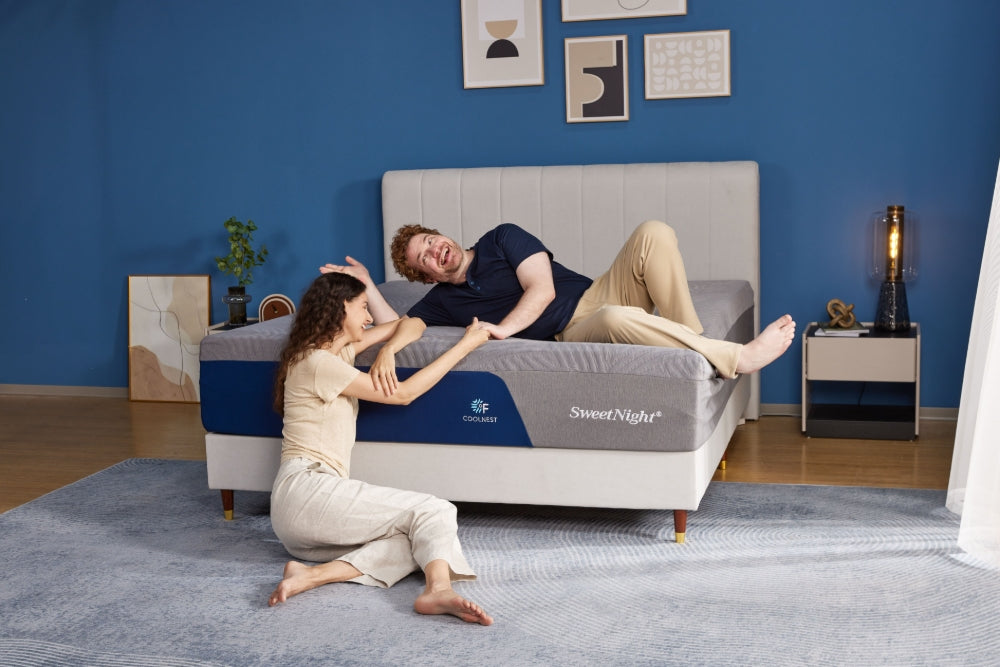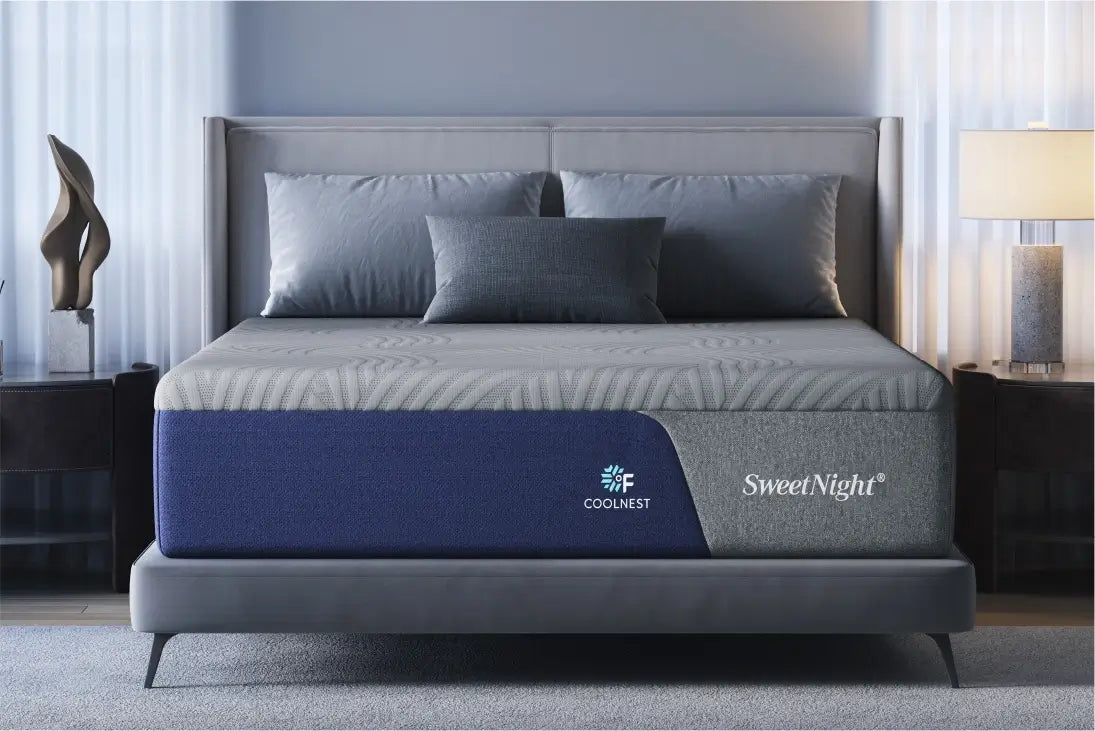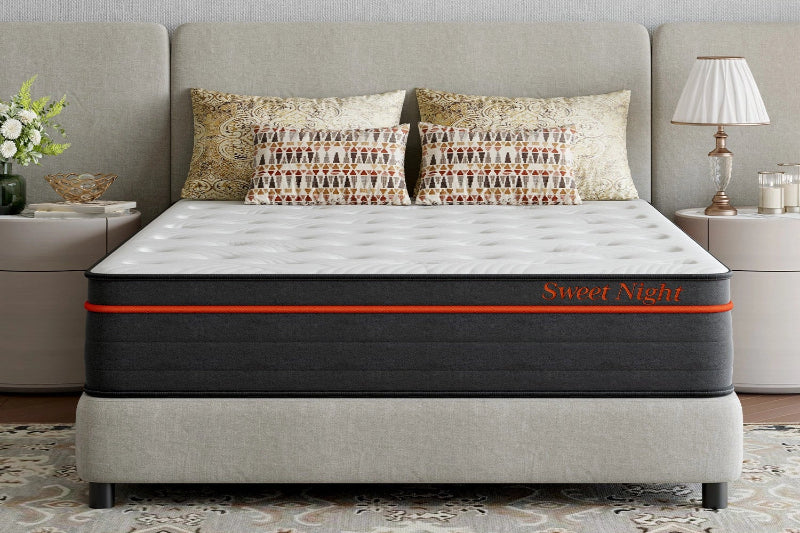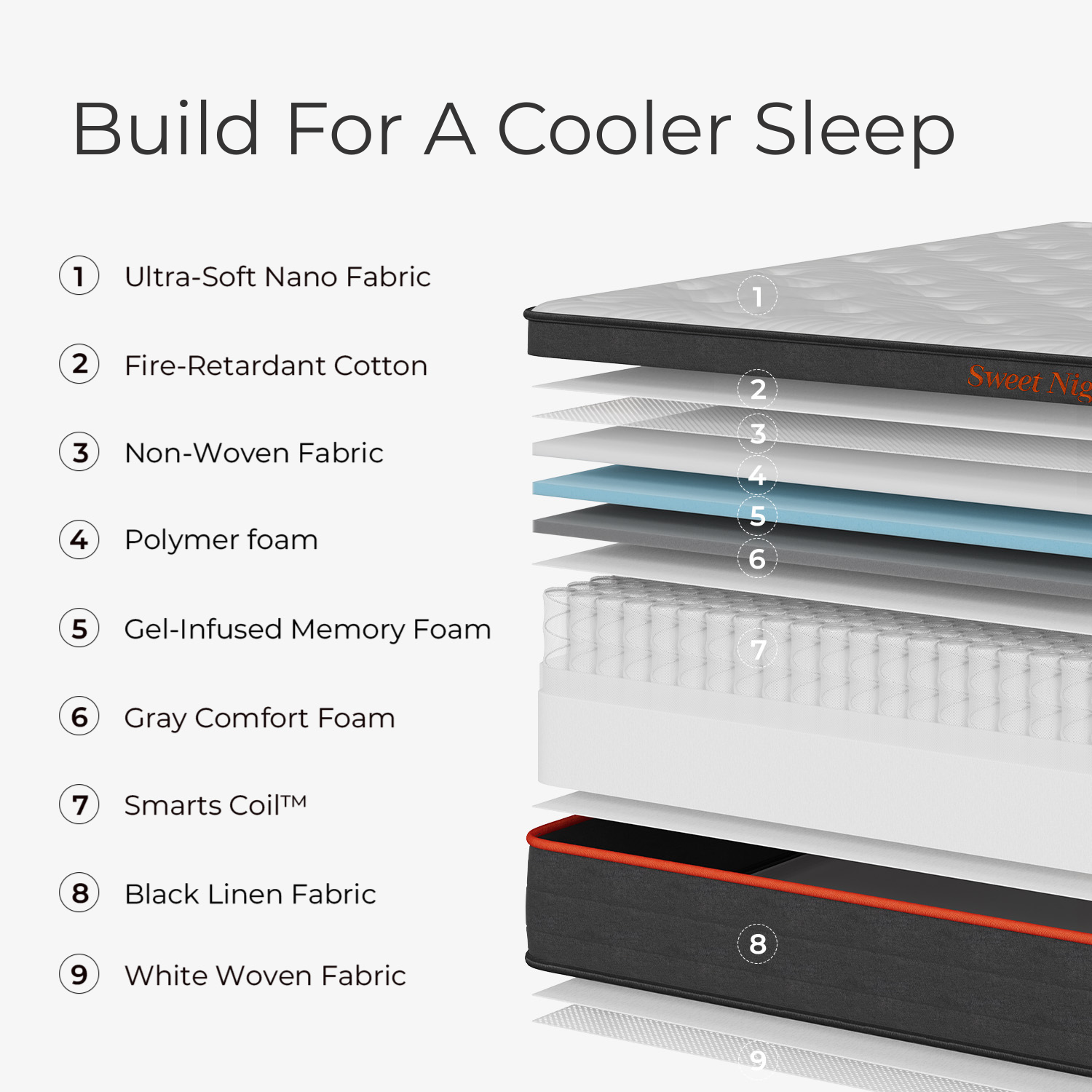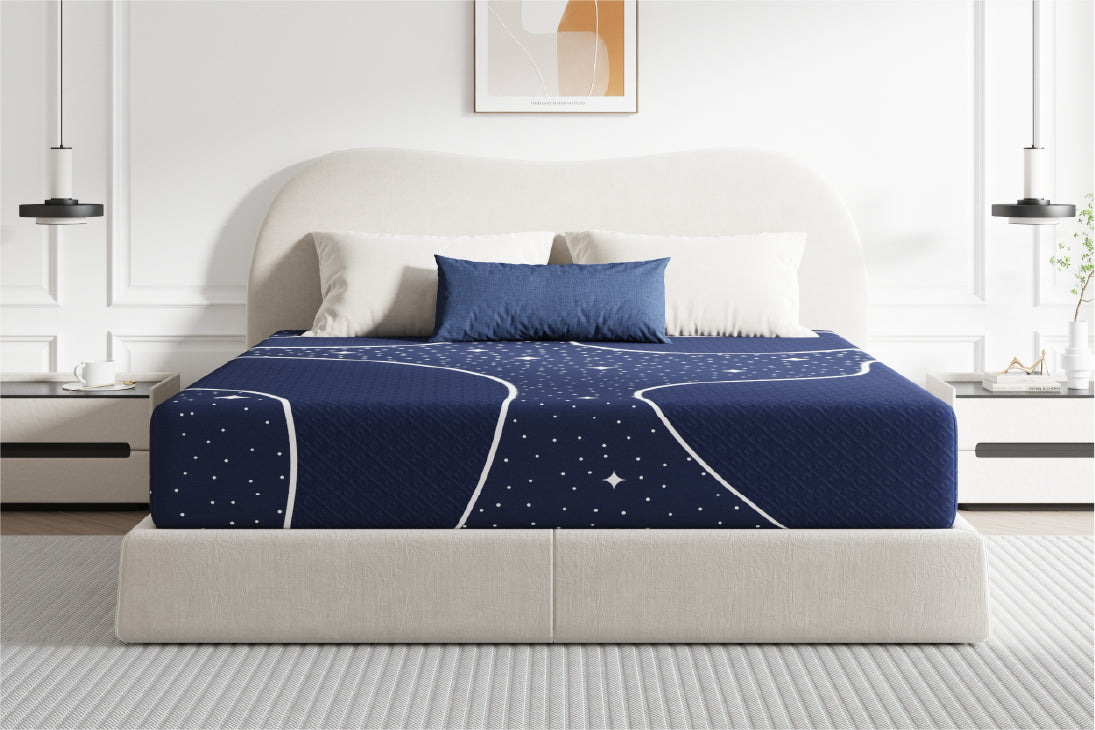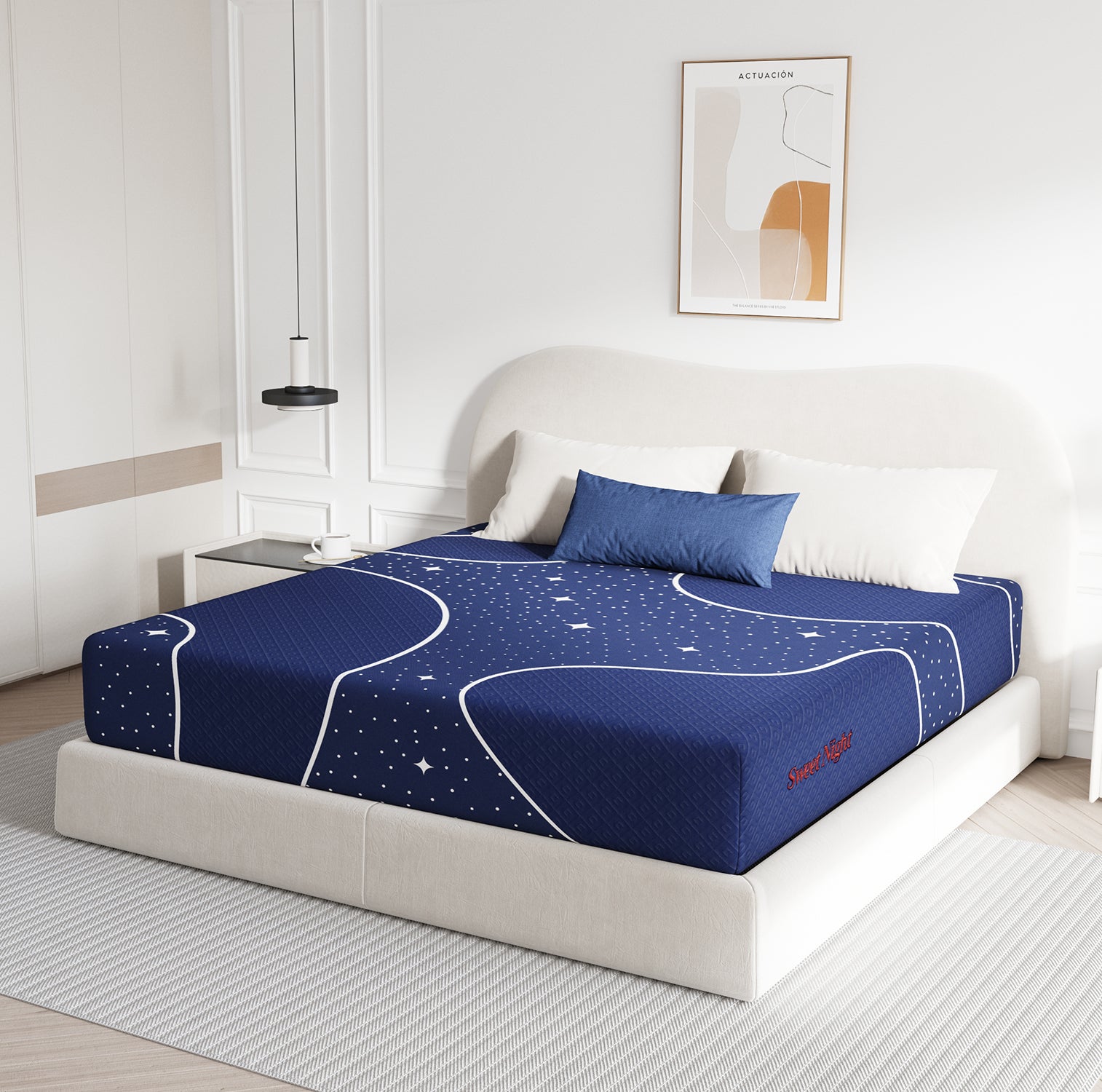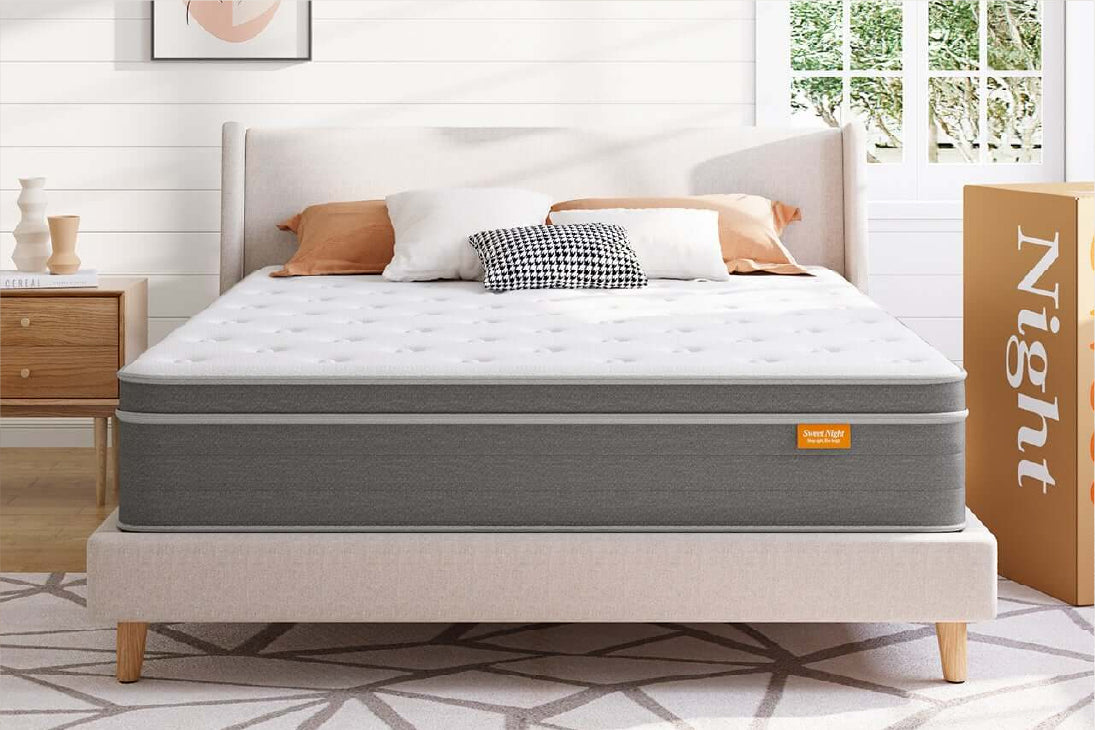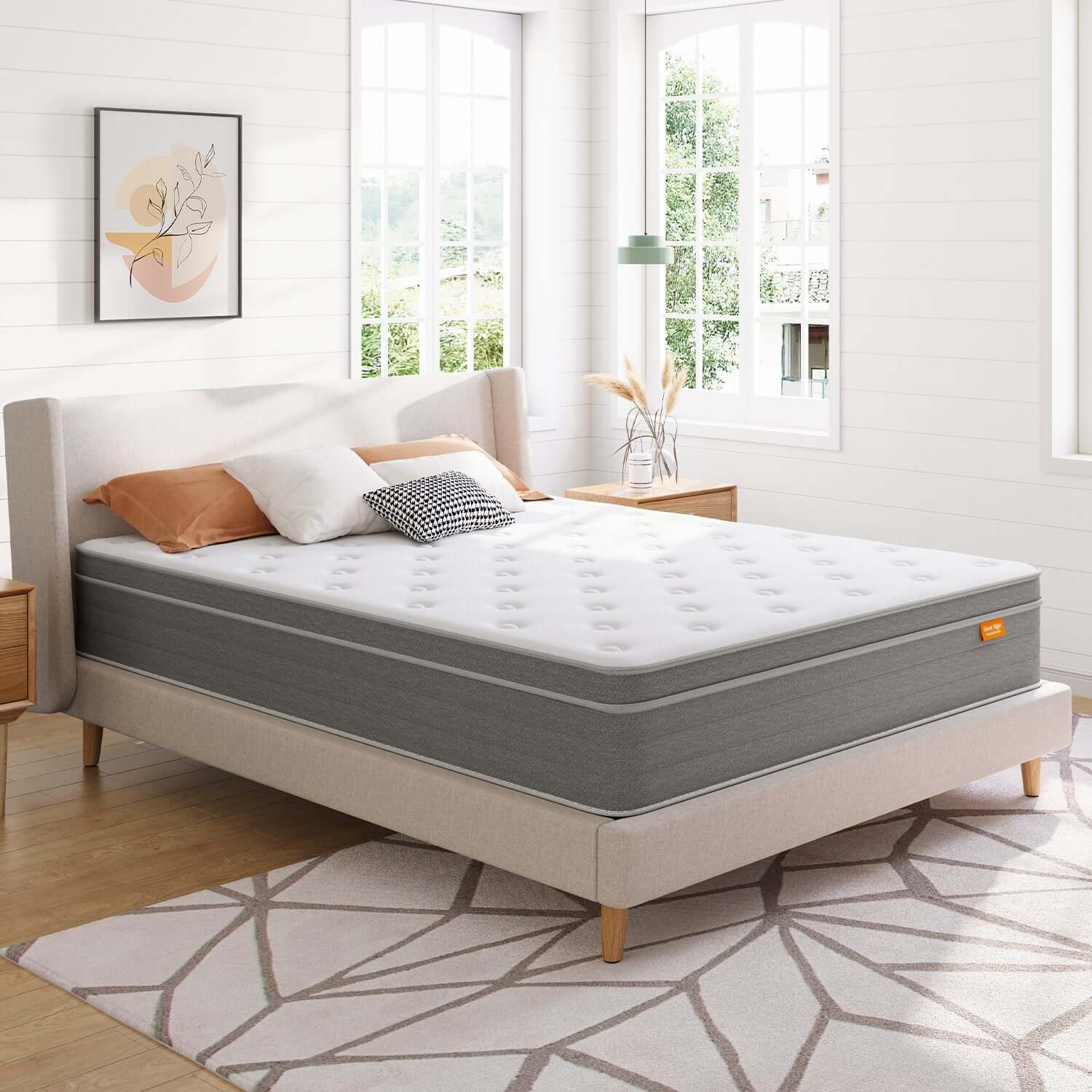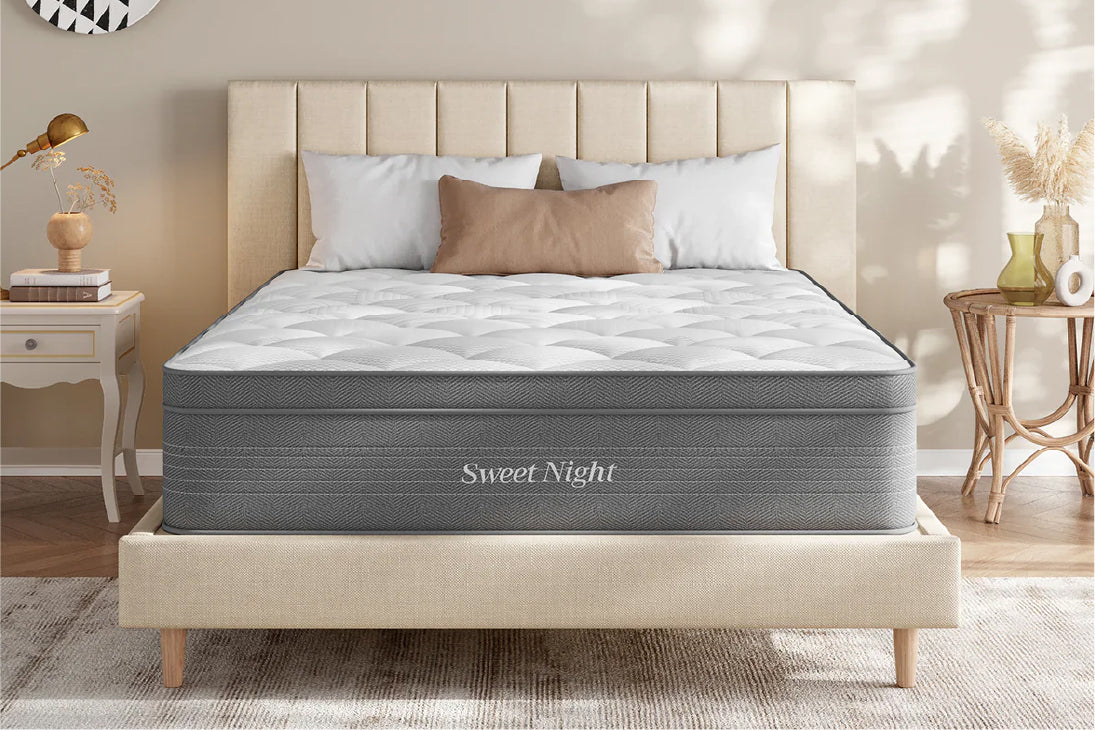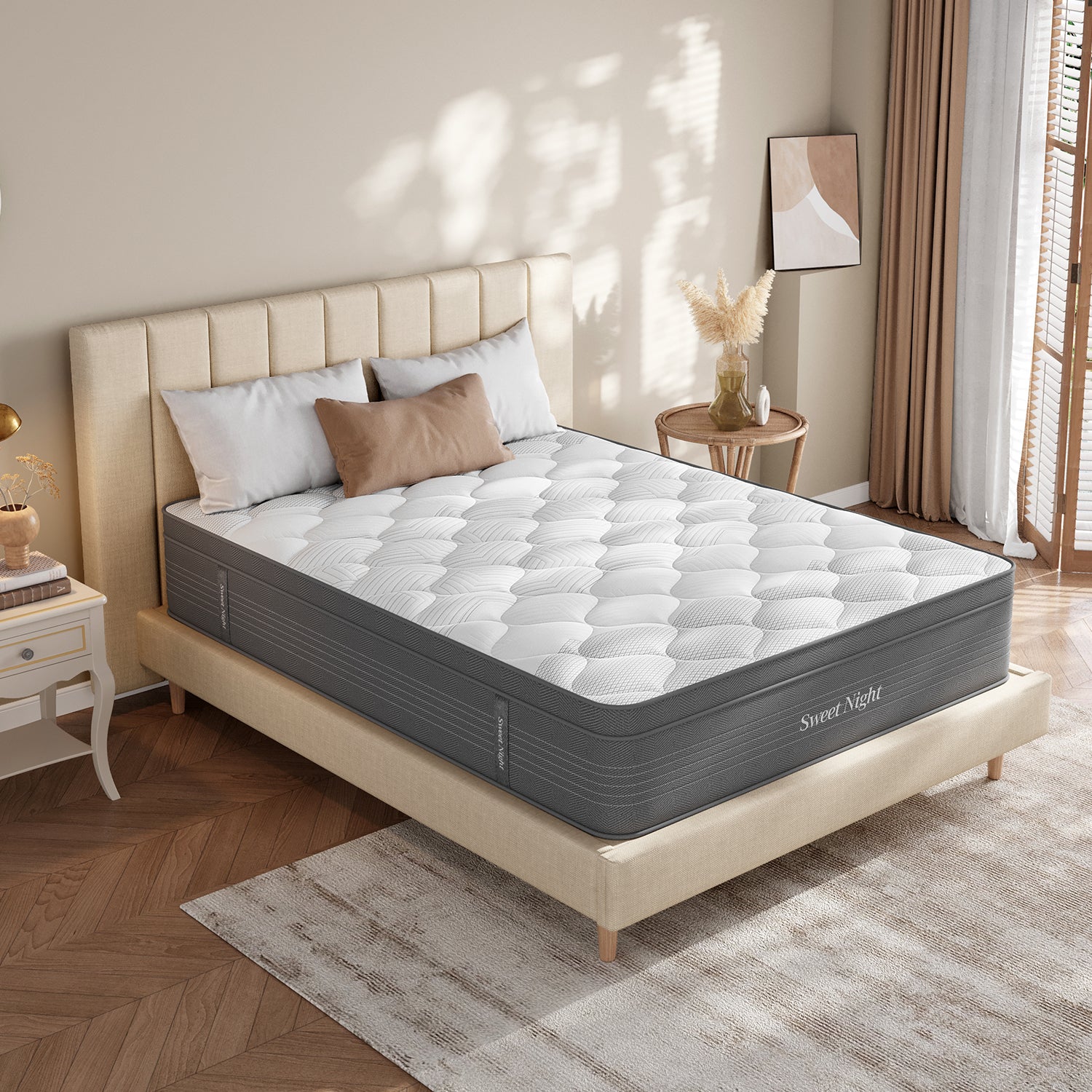Not everyone finds comfort in a standard mattress. For some, the firmness leaves them sore in the morning. For others, heat builds up at night, or the frame simply doesn't match the usual dimensions. Sleep is personal, and one-size-fits-all rarely works. The good news is that today's mattresses come in more sizes, materials, and styles, giving you room to choose the perfect mattress that truly suits your body and your space.
Why Standard Mattresses Fail to Deliver Comfort
Mattresses sold as "standard" are designed for the average buyer. That sounds practical, but it overlooks the wide spectrum of human comfort. What works for some sleepers can quickly become a source of frustration for others. Knowing why standard options fall short helps clarify where you should look next.
The Limitations of Standard Mattress Designs
- Size mismatch: Bedrooms and bed frames don't always match standard dimensions. For example, an attic room or RV might need a shorter or narrower bed than what stores usually stock.
- Firmness issues: Generic "soft, medium, firm" options don't capture the subtle differences people need. Too soft may cause sagging and back pain; too firm can create pressure points on the hips and shoulders.
- Heat retention: Some foams trap heat, and nobody wants to feel like they're sleeping in a sauna at midnight.
- Support gaps: Traditional designs may not align the spine properly or provide targeted relief for joints.
Individual Sleep Differences
No two people sleep the same way. Side sleepers often need extra cushioning around the shoulders, while back sleepers require firmer lumbar support. Couples sometimes feel like they're fighting a silent tug-of-war, with one craving plush softness and the other demanding sturdy support. Age, weight, and health conditions add further variables, proving that sleep comfort cannot be averaged out.
Standard mattresses aim for the middle ground, but comfort is personal. Recognizing your unique sleep needs is the first step toward a bed that truly works.

Define Your Sleep Needs Before Buying a Mattress
Choosing a mattress begins with you. Your habits, your body, and your environment shape what feels comfortable. Before comparing models, it helps to define these basics.
Sleep Position
Side sleepers usually need softer cushioning around the shoulders and hips. Back and stomach sleepers often do better with firmer support to keep the spine aligned. Understanding which sleeping position works best for your body can significantly impact both mattress selection and overall sleep quality.
Temperature Preferences
Some people may feel too warm at night, while others sometimes wake up feeling chilly. If you tend to sleep hot, gel-infused cooling memory foams and breathable fabrics can help improve comfort. If you often feel cold, a denser material that retains warmth might provide a cozier experience.
Sleeping Alone or Sharing
A single sleeper may be fine with a narrow mattress, but couples—and families who co-sleep with children or pets—often need more width. Motion isolation also becomes more important when two people share a bed.
Body and Health Factors
Weight, height, and health concerns like back pain or allergies all influence comfort. Supportive layers, hypoallergenic covers, or zoned designs can make a noticeable difference.
Defining your sleep needs gives direction. With this clarity, every following step—size, material, or budget—becomes easier and more personal.
Step 1: Pick the Best Mattress Size for Your Room
Start with the basics: mattress size. A mattress that doesn't fit your space or frame is a problem before you even lie down. Too big, and your room feels cramped. Too small, and you may find yourself rolling toward the edge every night.
Think about who will be sleeping on it. A Twin is fine for one person, but a couple—or anyone sharing with kids or pets—will want the width of a Queen or King. And don't forget the frame. Even a small gap can cause uneven support or sagging over time.
Size might feel like a small detail, but it's the base of everything else. When it fits your space and your needs, the rest of the mattress choice falls into place.
Step 2: Select Mattress Materials That Match Your Sleep Style
Once size is settled, the question becomes: what do you want it to feel like when you sink into bed at night? Mattress materials shape that experience.
- Memory foam wraps around the body, easing tension in the shoulders and hips. Side sleepers usually love it.
- Hybrid designs mix coils with layers of foam or gel, offering both bounce and contour. This balance works well for couples.
- Latex feels buoyant and naturally cool, making it a good choice for people who heat up easily.
-
Gel-infused foams go a step further, pulling away heat for hot sleepers who hate waking up sweaty.
Material Best For Feel Memory Foam Side sleepers, pressure relief Deep contour, cushioned Hybrid Couples, mixed sleepers Balanced, responsive Latex Hot sleepers, eco-conscious Buoyant, breathable Gel-Infused Heat-sensitive sleepers Cooling, contouring
Materials set the tone of your nights. Match them to how you actually sleep, not just to a label in the store.
Step 3: Consider Your Health and Special Needs
A mattress isn't just about comfort—it can either help or hurt your health. The wrong one can leave you stiff in the morning, while the right one can ease pain and improve posture.
- Zoned support keeps hips from sinking too far while cushioning the shoulders, helping your spine stay aligned.
- Adjustable-base compatibility lets you raise your head or feet, which can reduce snoring and improve circulation.
- Pressure-relief layers are especially useful if you spend long hours in bed or deal with joint pain.
-
Cooling features—from breathable covers to gel layers—stop heat from building up and keep you comfortable through the night. These details might sound technical, but they make a real difference. For someone with arthritis or back pain, the right support can turn restless nights into restorative sleep.
Health-focused features aren't extras. They're safeguards that protect your body and make rest truly restorative.
Step 4: Compare Mattress Prices and Long-Term Value
Price always matters, but don't stop at the number on the tag. A mattress touches your life every single night, so think about the cost spread across years of use.
A cheap model may sag within a year, leaving you sore and having to buy again sooner. A higher-quality option can last twice as long and save you money over time. Consider trial periods too—they let you test a mattress in your own bedroom instead of guessing in a showroom. And a solid warranty means peace of mind when it comes to durability.
| Factor | Lower-Cost Mattress | Higher-Value Mattress |
|---|---|---|
| Price | Cheaper upfront | Moderate upfront |
| Lifespan | 5–7 years | 8–12 years |
| Comfort Retention | Declines faster | Holds steady longer |
| Guarantee | Basic warranty | Trial + extended warranty |
Look beyond the sticker price. The mattress that supports you night after night is the one that truly pays for itself.

Take Your Step Toward Better Sleep
You won't come across the perfect mattress by accident—it's about making the right choices for yourself. When the common models cause discomfort, keep you awake at night, or make you feel not fully supported, then a different size, material, or health-focused features might suit you better. Don't make the decision merely based on the first look at the retailer. Think about the nights you'll spend on the mattress and the mornings after. The right mattress should support you, not the other way around.
FAQs about Mattress
Q1: How important is mattress firmness for children?
Children require beds that provide support without being too rigid. For most children, a medium-firm surface offers good spinal support while still being comfortable. Softer beds may cause the body to sink too deeply, while very hard beds put additional stress on developing joints.
Q2: Can a mattress influence sleep temperature?
The type of material can make a considerable difference in temperature control. Standard memory foam tends to retain warmth, while latex and hybrid beds are generally more breathable. For individuals who sweat during sleep, a breathable cover or a gel-infused version is helpful. In short, the right material choice makes a significant difference when considering temperature regulation.
Q3: How should a mattress be cleaned and maintained?
Proper mattress care helps it last longer. Keep the surface clean by removing dust and allergens through vacuuming. Prevent spills and sweat damage by using a mattress protector. Foam and latex should be kept away from harsh cleaning chemicals that can damage them. The mattress should be rotated occasionally to achieve even wear. Simple steps like these keep it clean and comfortable for years.

